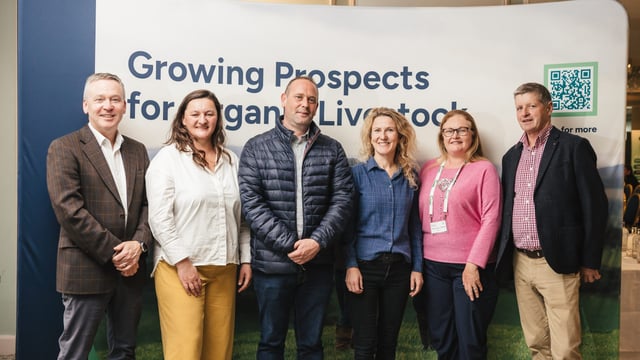Cautious optimism as grain situation in Ukraine evolves
Northern Ireland Grain Trade Association (NIGTA) chief executive, Gill Gallagher is indicating that up to five ships per day could leave Ukrainian ports.
“Around 20 million tonnes of grain await export, which could rise to 75 million tonnes following this year’s harvest," he explained.
“As such, it is a very uncertain picture which ultimately hinges on whether the safe passage agreement holds. It is, therefore, unlikely to have a significant impact on the local market, which continues to look to alternative sources for raw materials.”
Turning to other issues, the NIGTA representative pointed to the weather remaining a key watch point.
The ongoing hot and dry conditions in Europe are causing concern, particularly for the corn crop, which is forecast to be down by 10-12 million tonnes.
Gallagher commented: “Spiralling energy prices are also adding to the burden of input costs for both feed and fertiliser.
“There is growing concern that Russia will provoke an energy crisis in Europe after it suspended gas deliveries to several EU countries because of their refusal to pay in roubles as well as reducing flows to the Nord Stream One pipeline to around 20% of capacity.
Gallagher explained that fertiliser manufacture is an energy intensive process, which risks further curtailments in production if prices continue to rise.
“BASF has already stated that it is considering further cuts to ammonia production in its German operations due to the price of gas, which will restrict supplies to the market," she stated.
According to Gallagher, the Russian invasion has driven up the cost of all fertiliser raw materials due to the more limited availability of product and thus the need to source from further afield, which has also resulted in longer lead times.
“Fortunately, grass growing conditions this year have been exceptional and have been able to compensate for any risks taken on reduced nutrient applications.
“However, as our increasingly changeable weather patterns demonstrate, the same growing conditions cannot be guaranteed for next year and thus the same gamble may not pay off next time.
“This requires routine soil testing to ensure nutrient decisions are based on accurate information," she concluded.





